Rajon ki Baoli
A hidden architectural gem in Delhi
Deep within Delhi’s Mehrauli Archaeological Park stands Rajon ki Baoli, a magnificent stepwell carved into the earth in 1506.
This architectural masterpiece combines practical water storage with stunning Indo-Islamic design, featuring three levels of arched corridors that descend to an ancient water source.
As one of Delhi’s best-preserved medieval stepwells, Rajon ki Baoli showcases the engineering brilliance of the Lodi dynasty through its intricate stone carvings and innovative cooling system.
The historical significance of Rajon ki Baoli
The stepwell emerged during a fascinating period of Indian history, commissioned by Daulat Khan during the rule of the Lodi dynasty. As an administrator of the Delhi Sultanate, Khan’s contribution to the architectural landscape resulted in this magnificent structure that continues to intrigue historians and enthusiasts alike.
The name Rajon ki Baoli stems from the early 20th century when masons, known as ‘Rajbirs’ or ‘Mistris’, established permanent residence in the area. This historical connection between the craftsmen and the stepwell adds an extra layer of cultural significance to the structure.
Architectural brilliance
The medieval architecture of Rajon ki Baoli showcases remarkable engineering prowess. At its heart lies a central stepwell, surrounded by a spacious courtyard. The structure features a verandah adorned with numerous pillars, demonstrating the typical north Indian architectural style of the period.
One of the most ingenious aspects of the stepwell’s design is its natural cooling system. As people descend the steps towards the water source, the temperature gradually decreases, providing relief from Delhi’s intense heat.
The stepwell’s construction includes high walls on its eastern and western sides, with steps descending from the northern end. These walls incorporate narrow walkways and feature twelve pillars on each side, creating a series of elegant arched niches that exemplify the refined architectural style of the era.
Cultural heritage
Religious significance stands as another crucial aspect of Rajon ki Baoli. The enclosure contains both a mosque and a tomb, highlighting the structure’s importance beyond its practical water-storage purpose. This combination of religious and utilitarian architecture speaks to the sophisticated urban planning of medieval Delhi.
Location and surroundings
Situated within the Mehrauli Archaeological Park, Rajon ki Baoli benefits from its proximity to other significant monuments.
The stepwell’s location near Adham Khan’s Tomb and Gandhak Ki Baoli places it within a rich historical context, making the area a concentrated hub of Delhi’s architectural heritage.
Final thoughts
Rajon ki Baoli embodies the perfect fusion of architectural innovation and cultural heritage.
This medieval stepwell serves as a remarkable testament to the engineering prowess of its era, while its intricate design elements tell stories of the social and religious life of medieval India. Through its carefully planned cooling system and sophisticated water management, the stepwell demonstrates how ancient builders created sustainable solutions that remain relevant today.
As this architectural marvel continues to captivate visitors centuries after its construction, it reinforces the enduring legacy of medieval Indian craftsmanship and the timeless principles of thoughtful design.
- Missed by most visitors to Delhi, the Rajon ki Baoli is a must see item

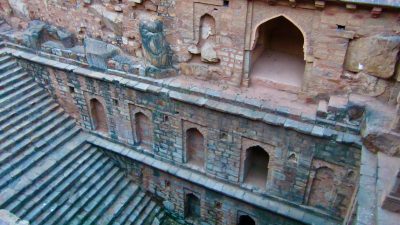
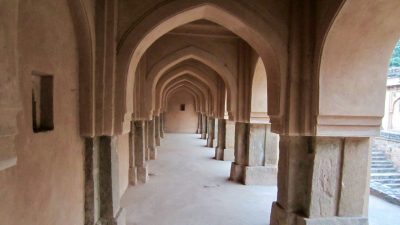
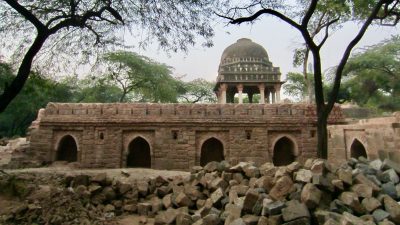
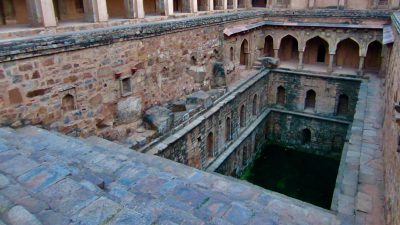
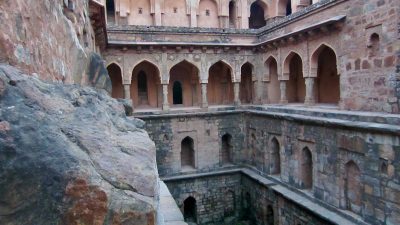
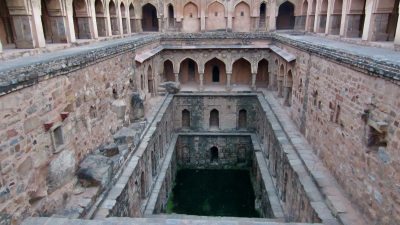

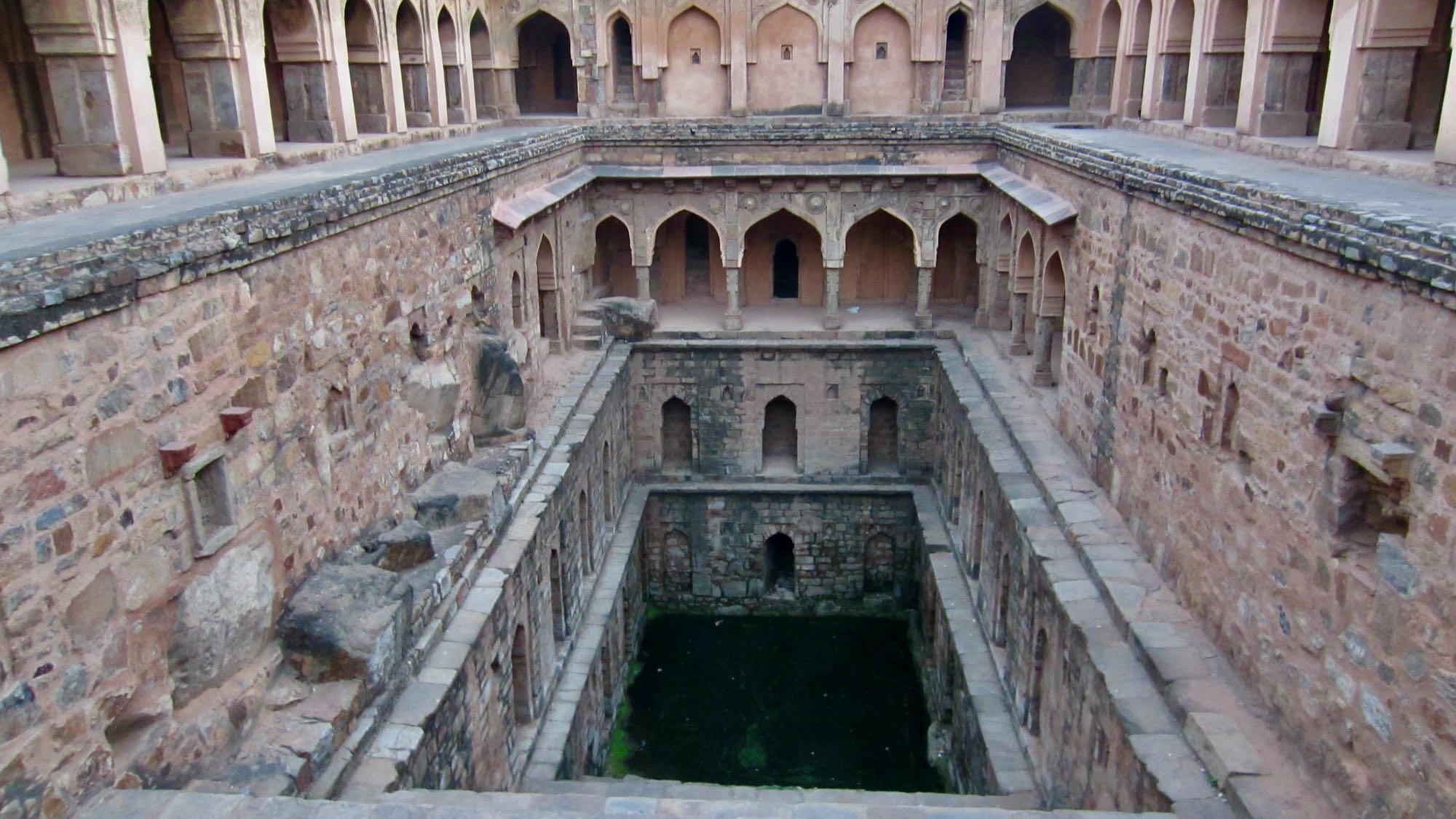
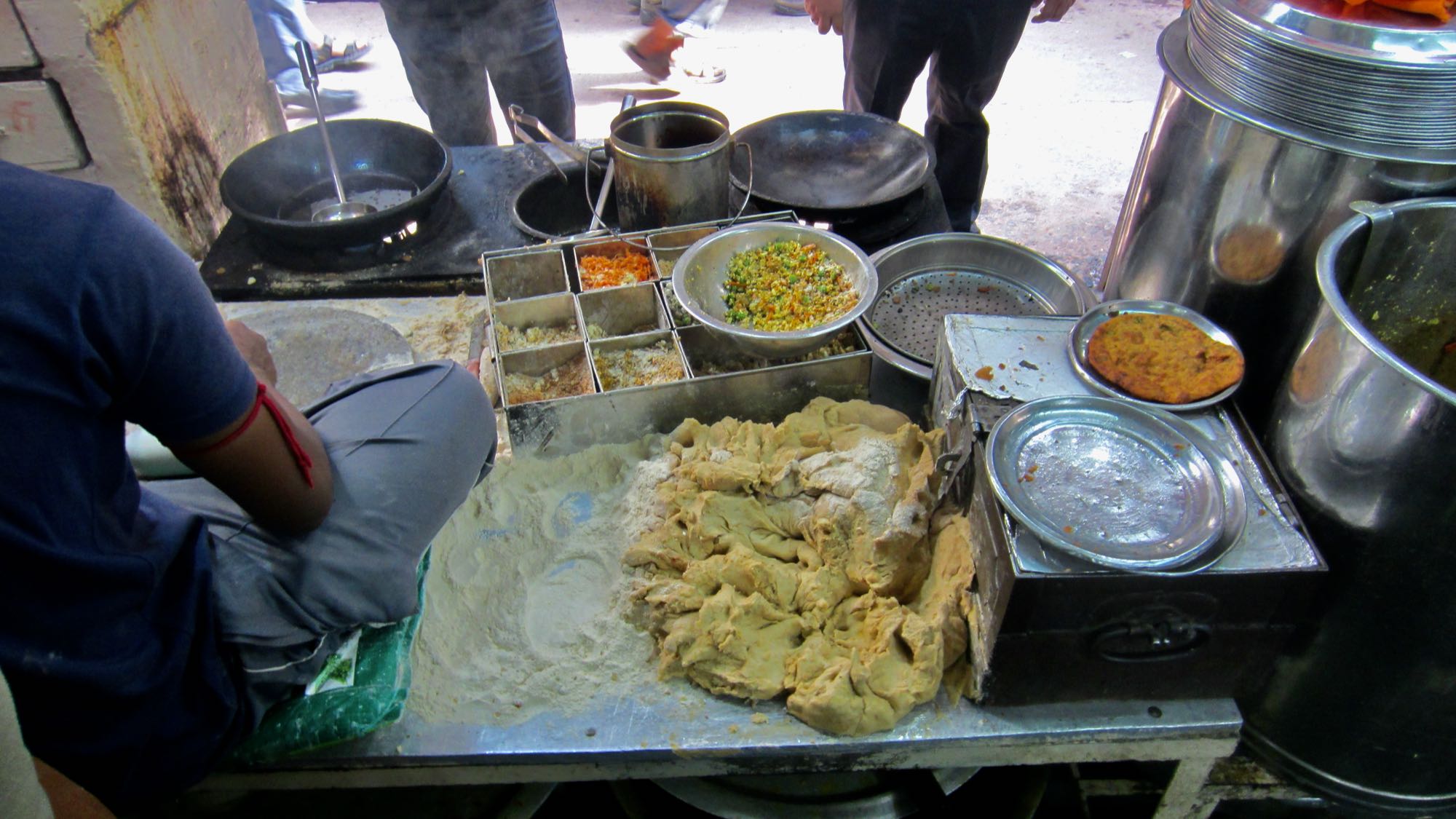
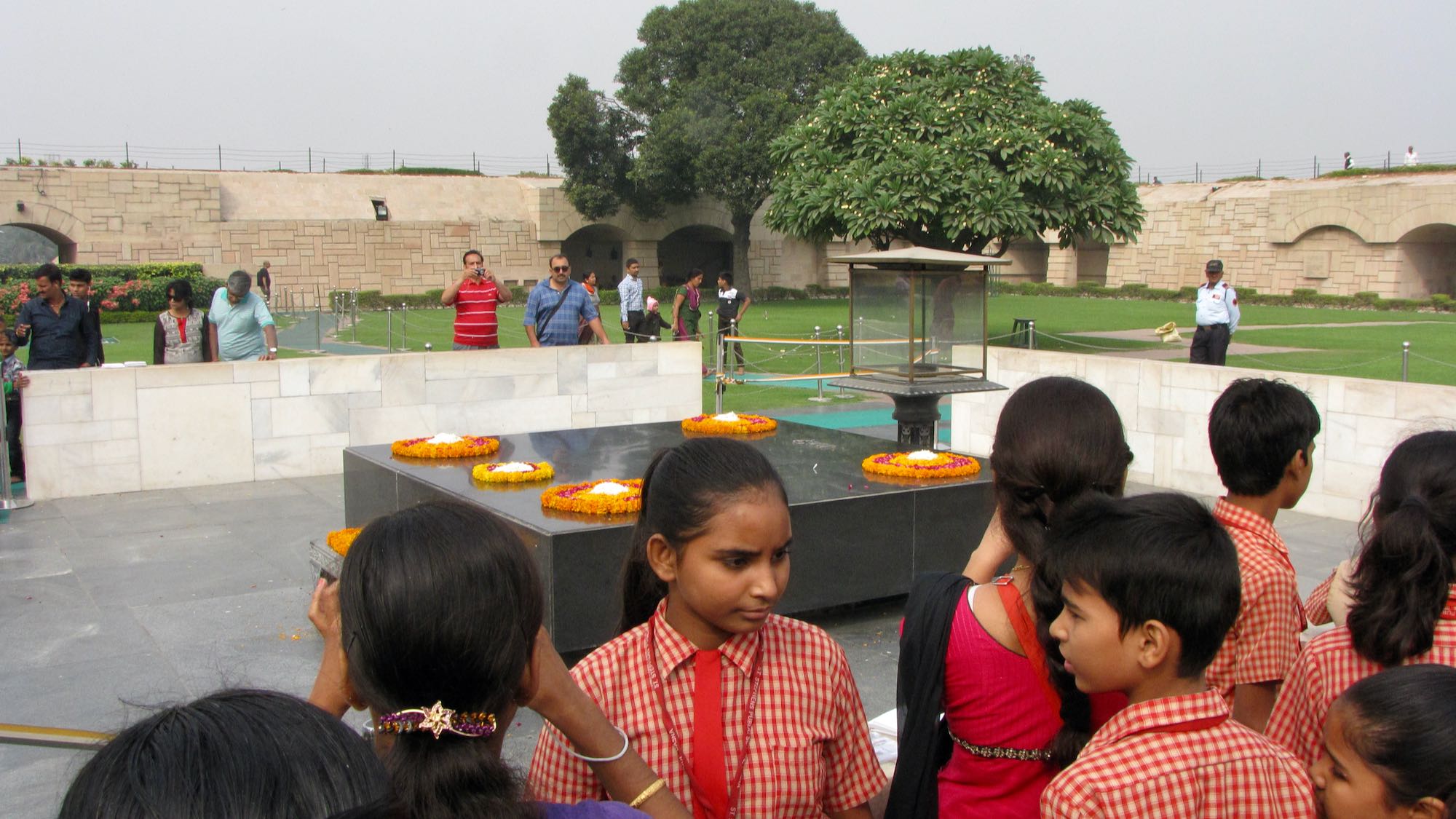
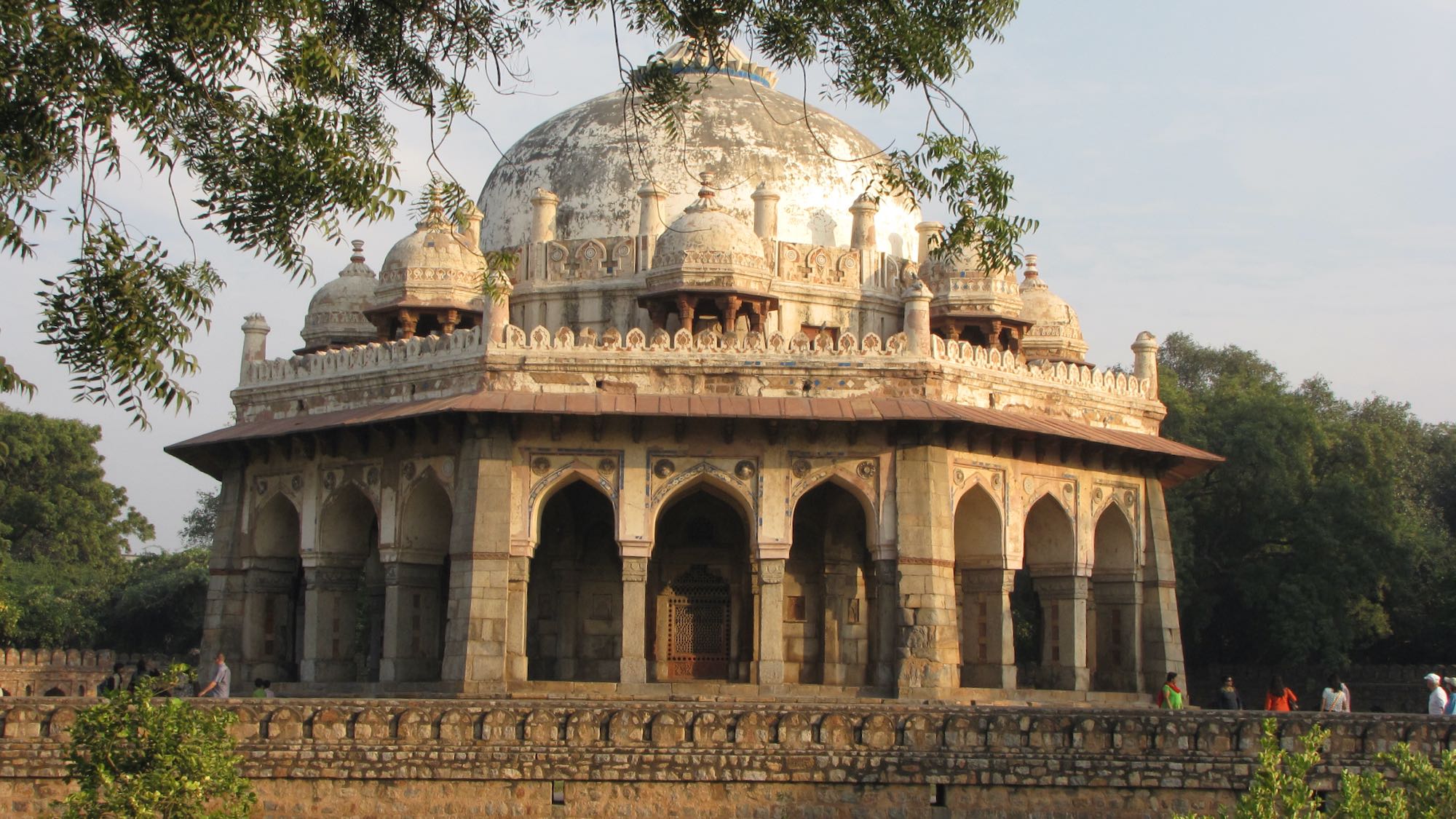

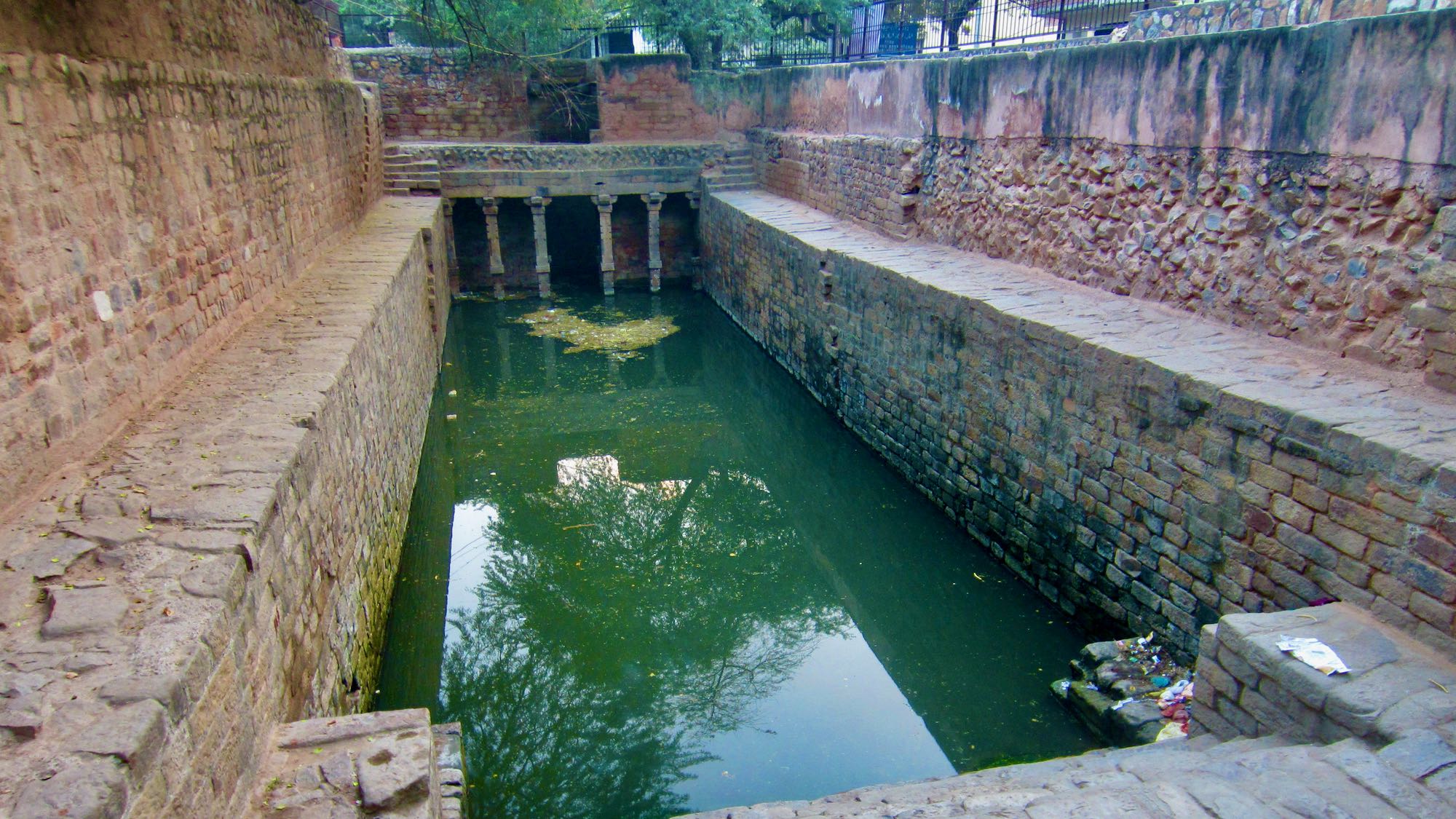
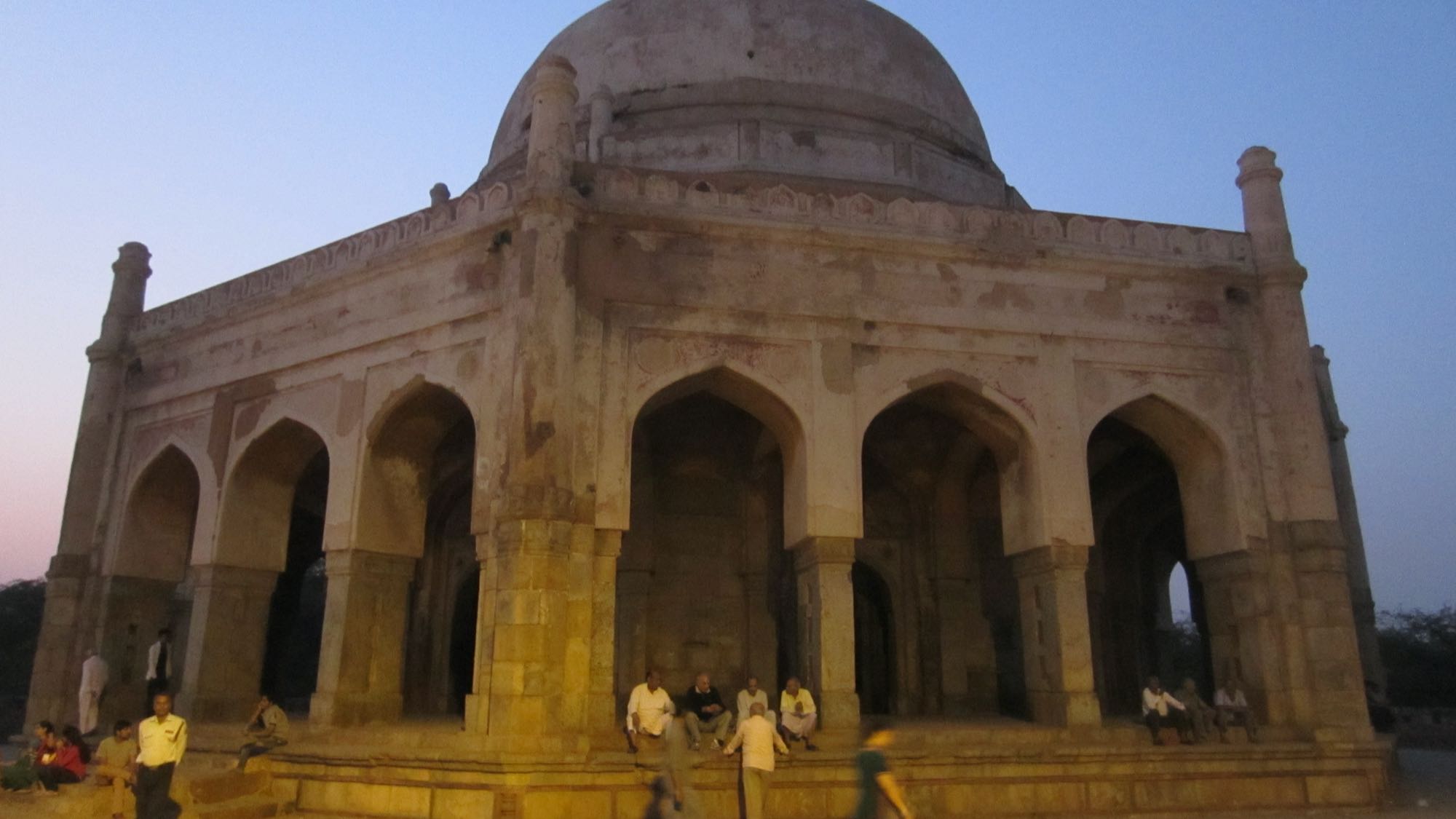
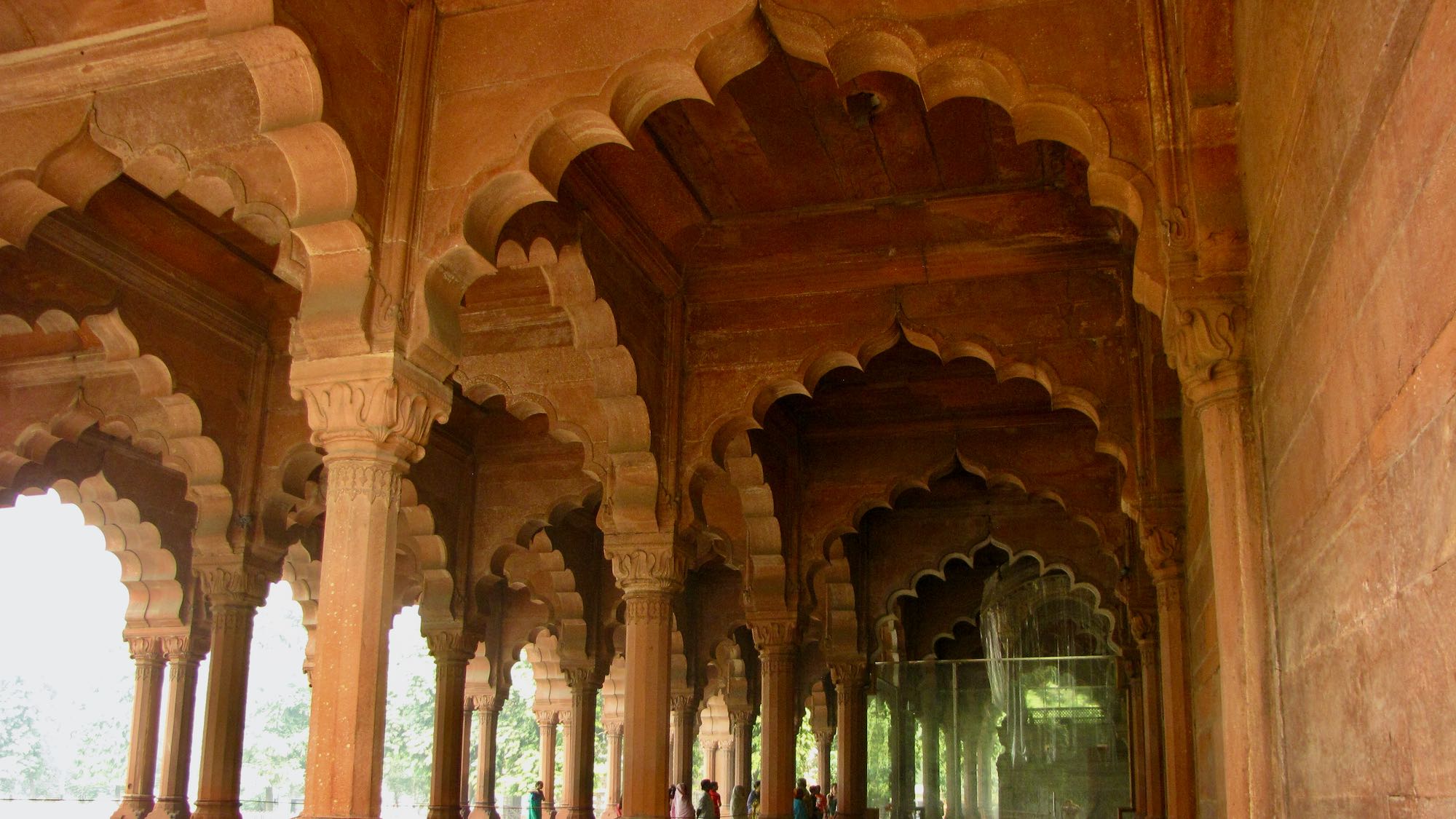


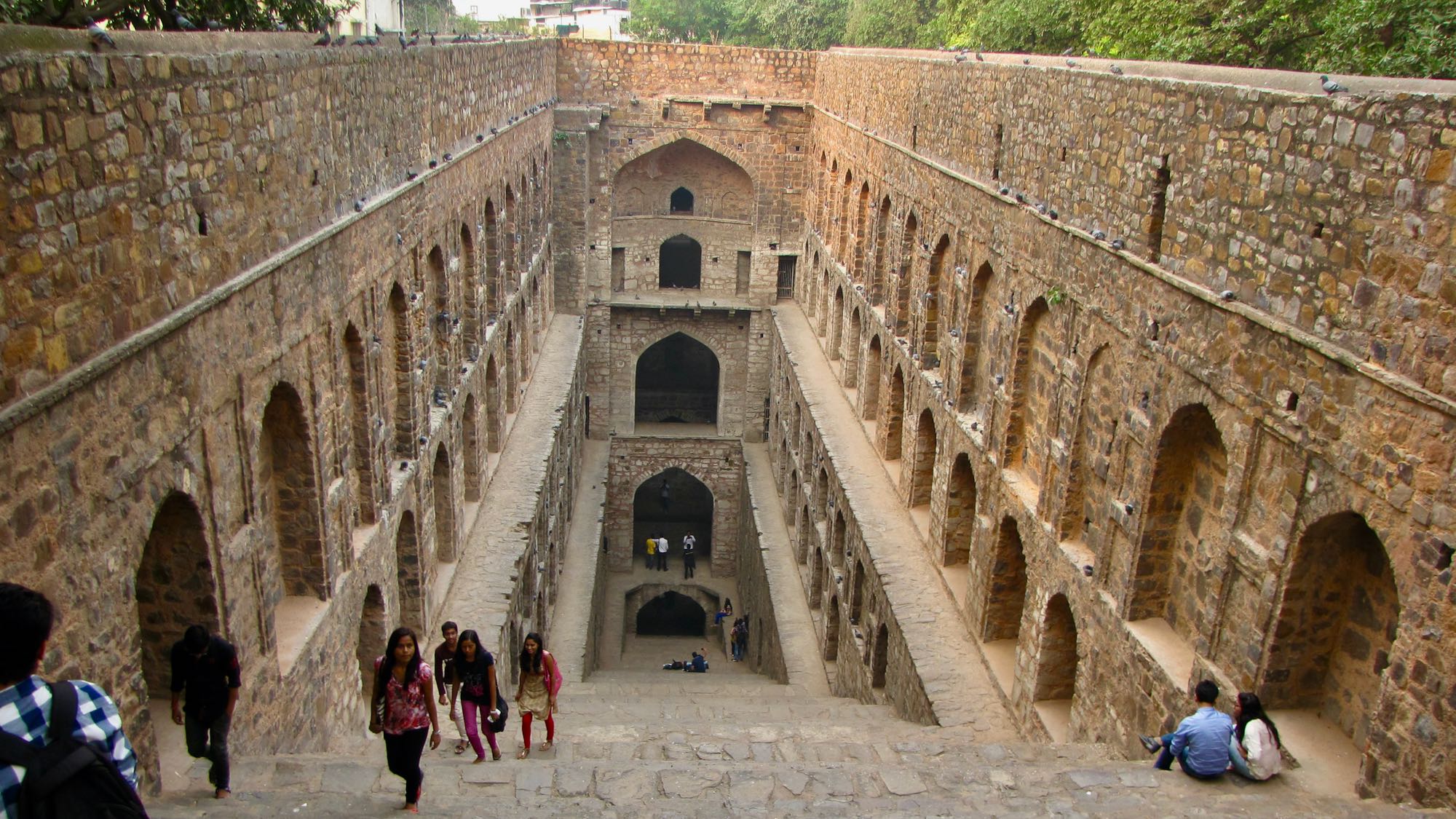
Leave A Comment